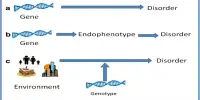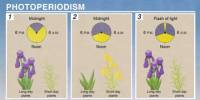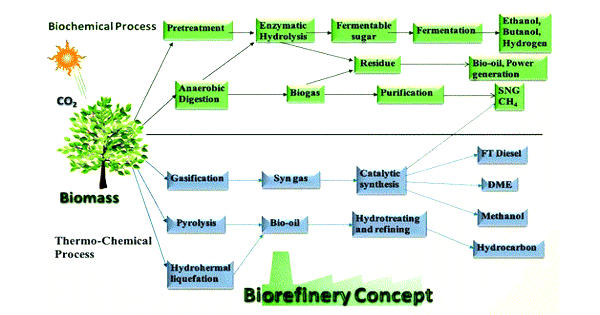Cell Structure, Function and Organisation
About Cell
The cell is the structural and functional unit of all living organisms, and is sometimes called the “building block of life.” Some organisms, such as bacteria, are unicellular, consisting of a single cell.
Cell is the basic structural and functional unit of any living thing. Each cell is a small container of chemicals and water wrapped in a membrane. There are 100 trillion cells in a human, and each contains all of the genetic information necessary to manufacture a human being. This information is encoded within the cell nucleus in 6 billion subunits of DNA called base pairs. These base pairs are packaged in 23 pairs of chromosomes, with 1 chromosome in each pair coming from each parent. Each of the 46 human chromosomes contains the DNA for thousands of individual genes.

Cell Theory consists of three principles:
- All living things are composed of one or more cells.
- Cells are the basic units of structure and function in an organism.
- Cells come only from the replication of existing cells.
The cell was discovered by Robert Hooke in 1665, who named the biological unit for its resemblance to cells inhabited by Christian monks in a monastery. Cell theory, first developed in 1839 by Matthias Jakob Schleiden and Theodor Schwann, states that all organisms are composed of one or more cells, that cells are the fundamental unit of structure and function in all living organisms, that all cells come from preexisting cells, and that all cells contain the hereditary information necessary for regulating cell functions and for transmitting information to the next generation of cells. Cells emerged on Earth at least 3.5 billion years ago.
Structure of Cell
There are many cells in an individual, which performs several functions throughout the life. The different types of cell include- prokaryotic cell, plant and animal cell. The size and the shape of the cell range from millimeter to microns, which are generally based on the type of function that it performs. A cell generally varies in their shapes. A few cells are in spherical, rod, flat, concave, curved, rectangular, oval and etc. These cells can only be seen under microscope.

Prokaryotic Cell Structure: They are the first organisms to be present on our planet earth. Organisms, with this cell type are known by the term prokaryotic organisms (or) prokaryotes. Bacteria, blue green algae and E.coli are few examples of this category. Prokaryotic cells are single-celled organisms, with the absence of nucleus and comprises of capsule, cell wall, cell membrane, cytoplasm, nucleiod, ribosome, plasmids, pili and flagella.
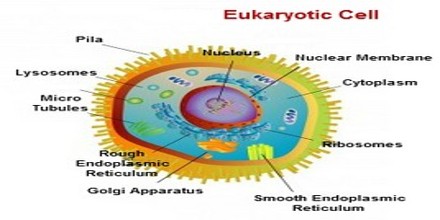
Eukaryotic Cell Structure: They are the cells with the presence of true nucleus. Organisms, with this cell type are known by the term eukaryotic organisms (or) eukaryotes. Animals, plants and other organisms excluding bacteria, blue green algae and E.coli have been grouped into this category. Eukaryotic cells are more complex than prokaryotic cells. These organisms have membrane bound nucleus with many cell organelles to perform several cellular functions within the system.

Plant Cell Structure: A plant cells are eukaryotic cells, with the presence of true nucleus, multicellular large and advanced membrane bound organelles. These plant cells are quite different from animal cells like in shape and other few organelles which are only found in animal cells but are absent in plant cells.

Animal Cell Structure: Animal cells are eukaryotic cells, with the presence of true nucleus; multicellular large and advanced membrane bound organelles. Like plant cells, animal cells have same organelles except the cell wall, chloroplasts, number of vacuoles and many more. Due to the absence of cell wall the shape of an animal cell is irregular.
Function of Cell
- Cell wall: It helps in protecting the plasma membrane and plays a vital role in supporting and protecting the cells. It is a thick outer layer made of cellulose.
- Cell membrane: It is a double layered, thin barrier, surrounding the cell to control the entry and exit of certain substances.
- Cytoplasm: It is a membrane, which protects the cell by keeping the cell organelles separate from each other. This helps to keep a cell in stable. Cytoplasm is the site, where many vital biochemical reactions take place.
- Nucleus: They are the membrane bound organelles, which are found in all eukaryotic cells. It is the very important organelle of a cell as it controls the complete activity of a cell and also plays a vital role in reproduction.
- Nuclear membrane: The bilayer membrane, which protects the nucleus by surrounding around it and acts as a barrier between the cell nucleus and other organs of a cell.
- Nucleolus: It is an important membrane found inside the nucleus. It plays a vital role in the production of cell’s ribosome.
- Chromosomes: It is made up of DNA and stored in the nucleus, which contains the instructions for traits and characteristics.
- Endoplasmic reticulum: It helps in the movement of materials around the cell. It contains an enzyme that helps in building molecules and in manufacturing of proteins. The main function of this organelle is storage and secretion.
- Ribosome: It plays a vital role in protein synthesis.
- Mitochondria: They are double membrane, filamentous organelles, which play a vital role in generating and transforming the energy. Mitochondria play a vital role in various functions of the cell metabolisms including oxidative phosphorylation.
- Golgi Bodies: It helps in the movement of materials within the cell.
- Lysosomes: It is also called as suicidal bags as it helps in cell renewal and break down old cell parts.
- Vacuoles: It helps plants in maintaining its shape and it also stores water, food, wastes, etc.
- Chloroplast: They are the site of photosynthesis, which are present in chlorophyll bacteria, blue-green algae, etc.
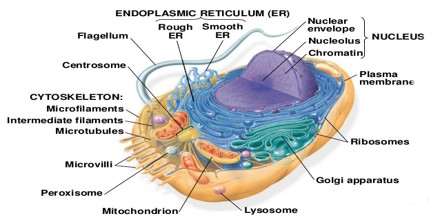
Organisation of Cell
- Cells contain a variety of internal structures called organelles
- An organelle is a cell component that performs a specific function in that cell
- Just as the organs of a multicellular organism carry out the organism’s life functions, the organelles of a cell maintain the life of the cell
- There are many different cells; however, there are certain features common to all cells
- The entire cell is surrounded by a thin cell membrane
- All membranes have the same thickness and basic structure
- Organelles often have their own membranes too – once again, these membranes have a similar structure
- The nucleus, mitochondria and chloroplasts all have double membranes, more correctly called envelopes
- Because membranes are fluid mosaics, the molecules making them up – phospholipids and proteins – move independently. The proteins appear to ‘float’ in the phospholipids bilayer
- Membranes can thus be used to transport molecules within the cell e.g. endoplasmic reticulum.
- Proteins in the membrane can be used to transport substances across the membrane – e.g. by facilitated diffusion or by active transport.
- The proteins on the outside of cell membranes identify us as unique.

